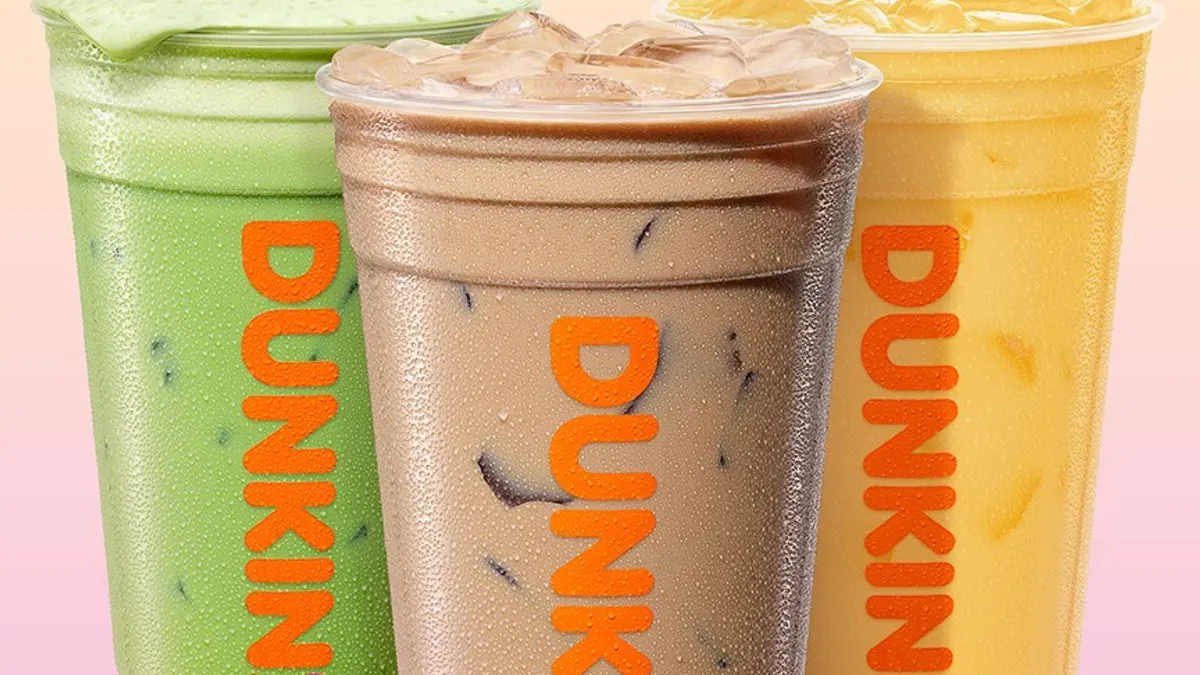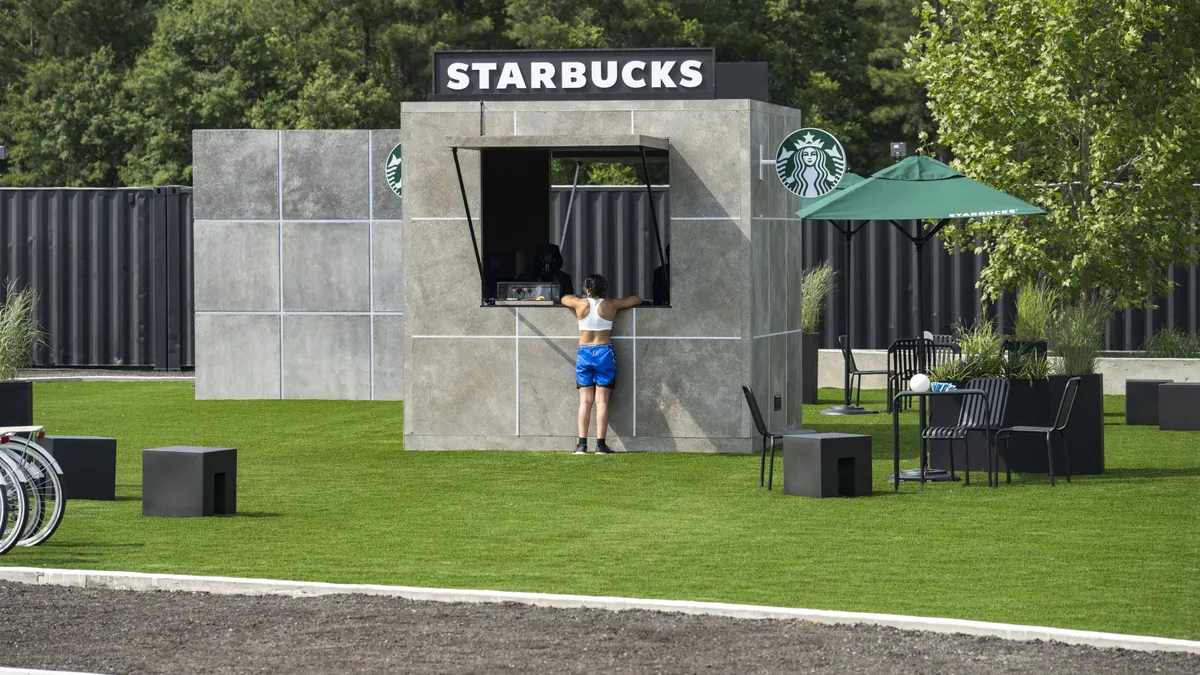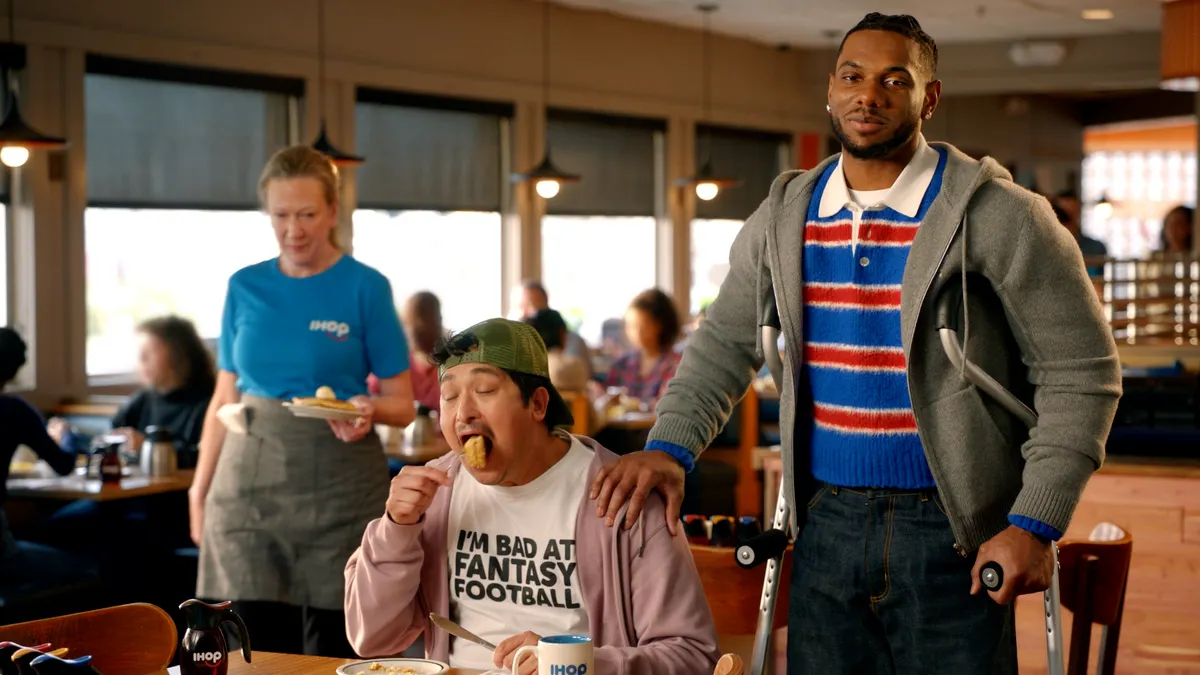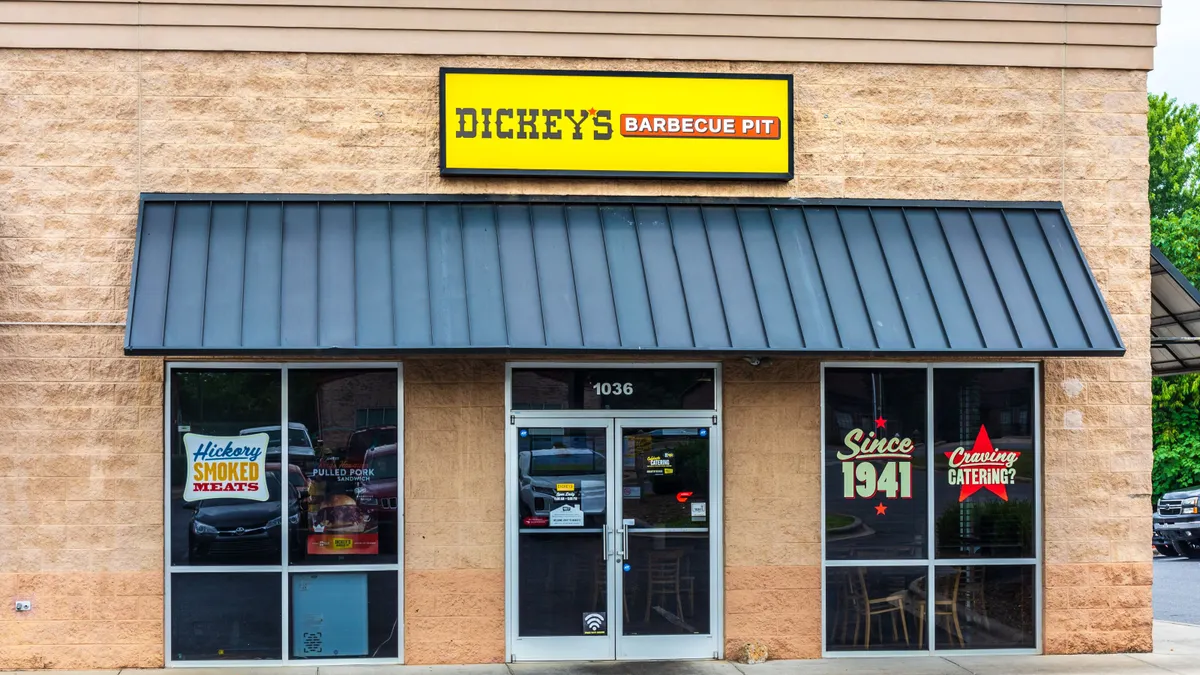Christopher Hansen is the COO at customer intelligence platform IgnitionOne
Over the past year, there’s been an industry-wide focus on improving the customer experience. Just recently, McDonald’s announced the acquisition of Dynamic Yield to utilize big data to revolutionize and personalize its offering. There’s a massive need for restaurants and QSRs to get on the same level as their fast-paced, tech-driven customers.
This is only the beginning of the big data revolution for restaurants, whether it’s optimizing the ordering process or improving their re-targeting efforts. We’re at a critical time when consumers are spending more money on food, and in return they expect an enjoyable experience, whether they dine-in or order takeout or delivery via the restaurant’s app.
Big data will continue to have an impact on the food industry, and restaurant marketers need to understand why customer data is critical for strengthening the customer experience.
Why data, why now?
With annual sales in the restaurant industry at $799 billion, you might be wondering whether customer data is really relevant to the thriving business. The bottom line is, data enables marketers to better understand and speak to their customers, no matter the industry. Not only does customer data provide valuable insights into your target audience, but it makes it easier to optimize your marketing strategy for maximum impact and efficiency.
Leveraging key information about your customers’ behavior, including location, order preferences and weekly routines, enables marketers to group customers within customized audience segments for improved targeting. By utilizing an in-depth understanding of the varied habits and preferences of your customer base, restaurant marketers will be able to deliver more personalized interactions and more effective marketing and remarketing efforts.
Adapting to the digital world
In today’s world of instant information and pervasive peer influence, customers have more options than ever when it comes to finding their next dining destination — whether it’s on social media, mobile maps, or stumbling upon a hidden gem. While customers still value the physical experience, the convenience of online ordering and food delivery services means that customers are more likely to order regularly from their favorite restaurants. This relationship is mutually beneficial: restaurants enjoy the continued support of loyal customers, while customers enjoy a sense of exclusivity when they are recognized and rewarded as regulars.
For restaurant marketers, the real win here is the access to direct customer data from these online orders. Valuable insights into who your customers are — as well as their favorite menu items, when they usually order, which locations they prefer to dine in, and more — are essential to retaining hard-earned customers and building on each unique customer relationship.
Building on the 1:1 customer relationship
As with any customer service industry, the key to success is building a loyal customer base. With a wealth of customer data at your fingertips, building an engaging, meaningful relationship should be easier than ever.
There are many different types of customers, but let’s take a look at three groups:
-
The loyal customer: This customer returns regularly and usually orders the same thing.
-
The one-time visitor: This customer visited your restaurant once, but has not returned.
-
The on-the-go consumer: This customer orders through your website or mobile app, but rarely eats within the physical location.
Each of the above examples exhibit different behavior and preferences in terms of what they want from your brand. It follows that they should receive different marketing messages that speak to those preferences. For loyal customers, it’s important to show that you value their continued patronage; leverage data from their repeat visits and offer them occasional discounts on their favorite items, or set up a rewards program that will cultivate loyalty even further. At the same time, learn from the one-time visitor and understand why they did not return; send a quick email survey about their dining experience, which has the double value of showing them that you care while also gaining insights on how to provide a better customer experience for everyone. Lastly, provide greater value and convenience to on-the-go consumers by using your first-party customer data to optimize UI/UX on your mobile app or website, or implement a digital loyalty program.
For marketers, being able to identify and understand who your customers are enhances your ability to deliver relevant hyper-personalized messages that build customer engagement and strengthen the relationship.
Looking ahead
To grow your customer base and convert visitors into loyal customers, you need an engagement strategy fueled by data. Customer data makes it possible to speak to different audiences based on their interests, and enables you to effectively incentivize their purchase decisions with promotions, new menu items, loyalty rewards and more.
Restaurant marketers, now is the right time to embrace customer data. Leveraging your data to provide value to both you and your customers is the key to building long-term customer relationships that will drive your business to success.



















